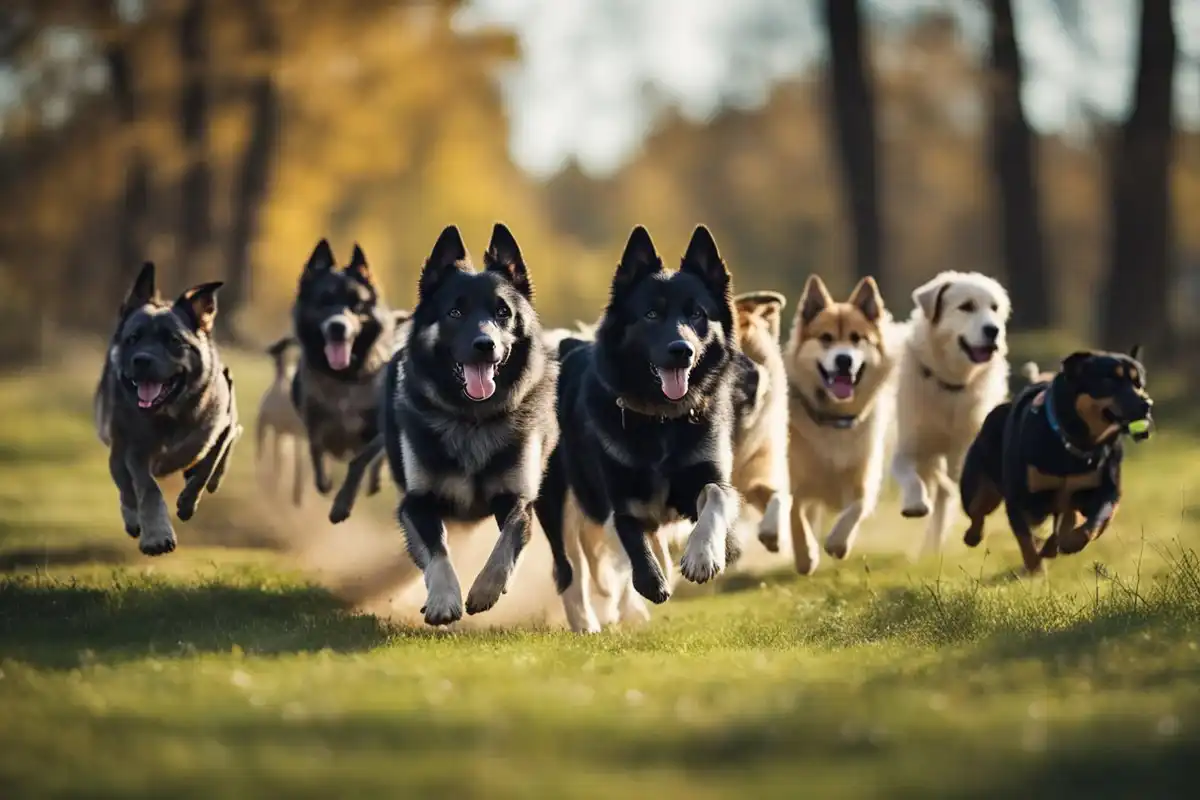
Understanding your dog's behavior begins with decoding the subtle language they use to communicate. From tail positions and ear expressions to facial gestures, your pup has a complex yet fascinating way of expressing themselves. Learning to interpret these cues forms the foundation for effective communication and a harmonious relationship.
As puppies enter our lives, they bring with them a playful energy and a host of behaviors that may leave us scratching our heads. Teething, chewing, and potty training become daily adventures. In these crucial early stages, fostering positive behaviors lays the groundwork for a well-adjusted and happy adult dog.
Vocalizations, ranging from joyous barks to mournful howls, add another layer to the canine communication symphony. Understanding the reasons behind barking, whining, and howling is key to addressing and modifying these behaviors. Training strategies, coupled with positive reinforcement, provide a roadmap for clear communication between you and your pup.
The bond between humans and dogs is a powerful force that influences behavior profoundly. Engaging in activities that strengthen this bond—whether through play, training sessions, or simply spending quality time together—contributes to a well-behaved and emotionally secure canine companion.
Yet, challenges arise, especially when dogs experience separation anxiety. The signs can be distressing, but with preventive measures, such as gradual departures and creating a comforting environment, you can help your pup feel secure when left alone.
Positive reinforcement emerges as a guiding principle in training dogs. By utilizing treats, praise, and play, you can reinforce desired behaviors, shaping a dog that responds eagerly to your cues. Success stories abound, showcasing the transformative power of positive reinforcement in shaping a well-behaved and happy dog.



